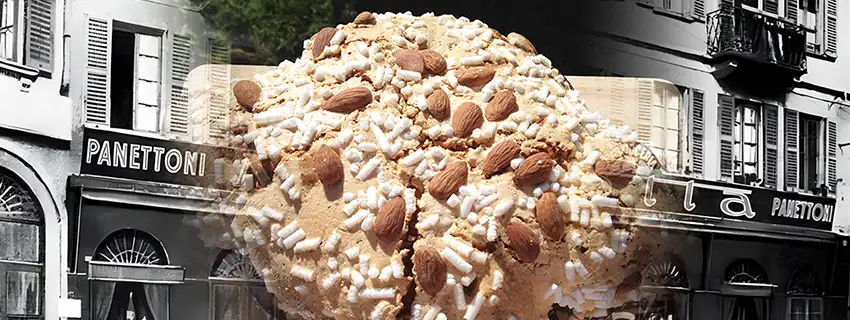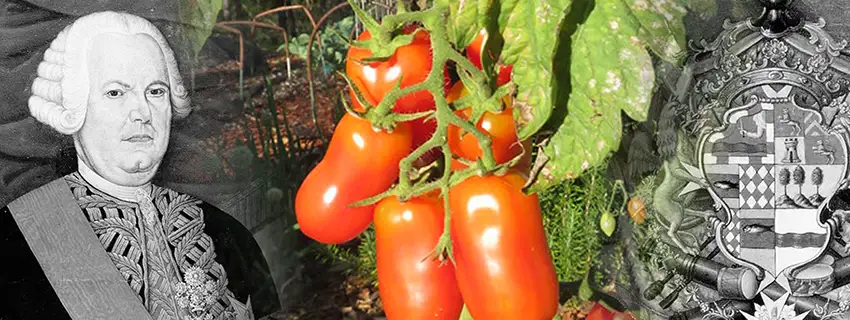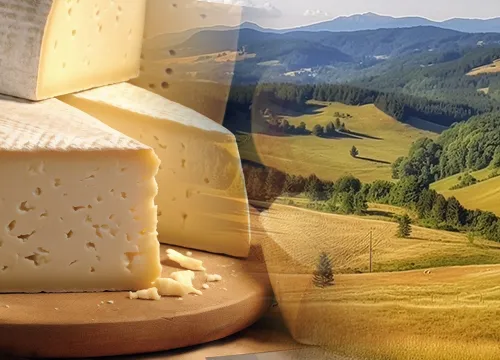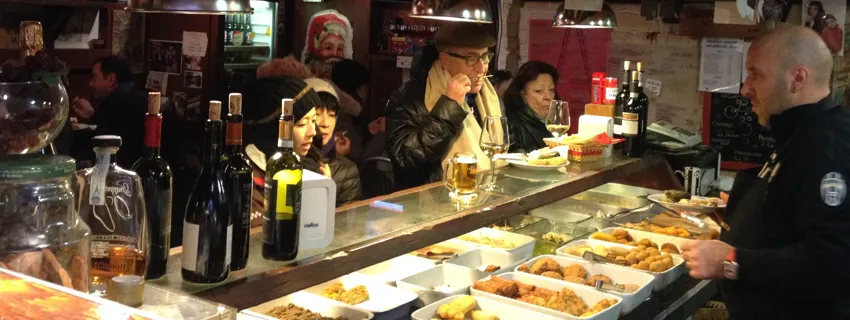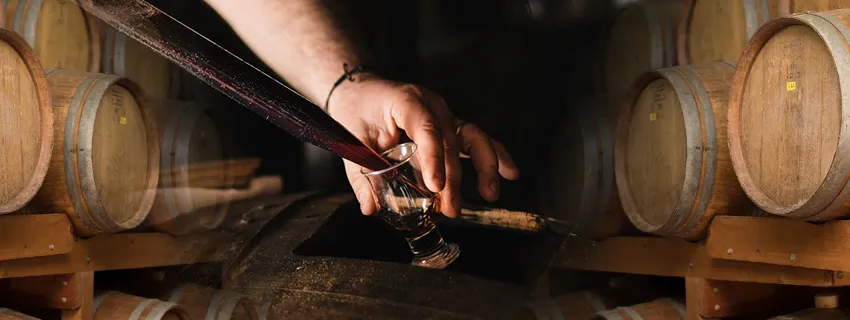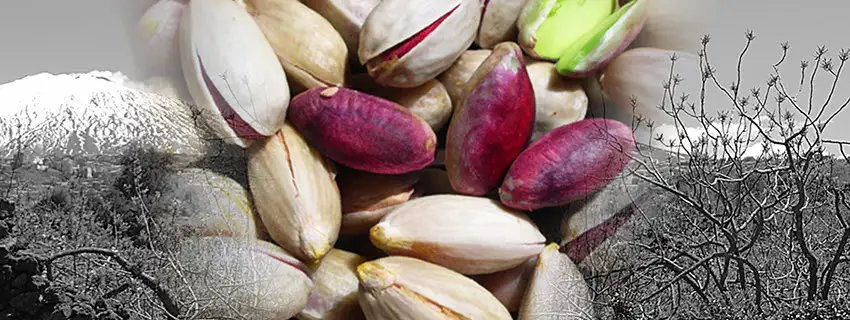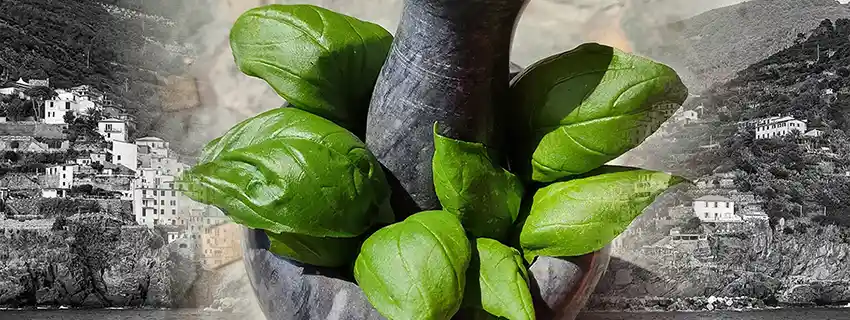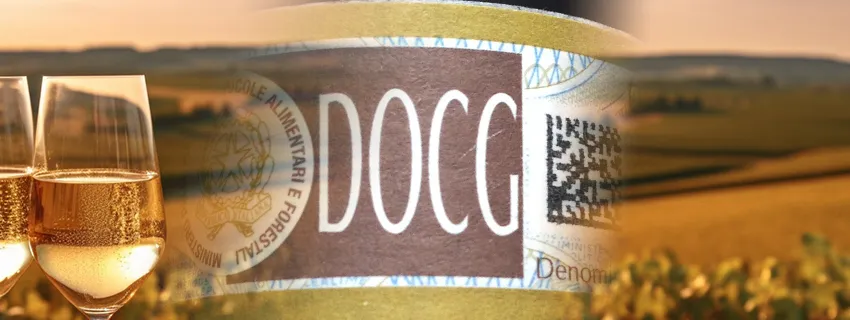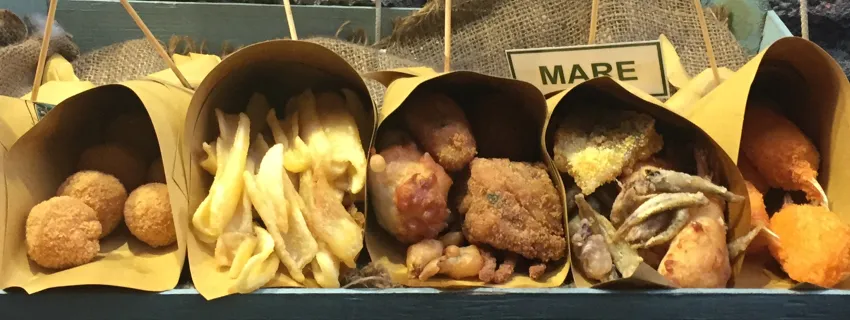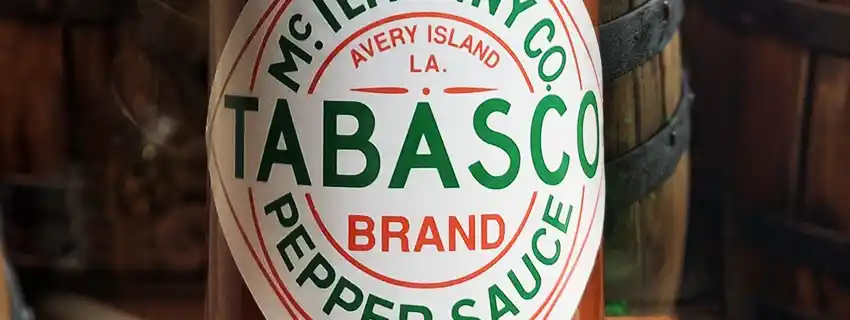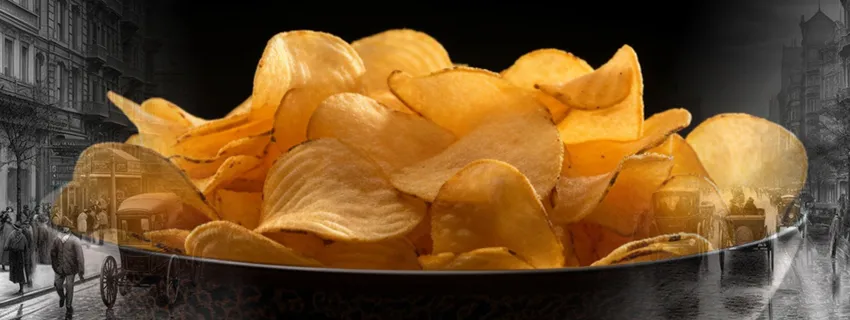WebFoodCulture
The Best Italian Food & Wine

Welcome to WebFoodCulture! This site is dedicated to the most typical Italian food and wine specialties. We will explain what makes them so special and inimitable, starting with their history and their places of origin. We will spice up this with lots of information and interesting facts. Finally, we will discover the most traditional restaurants and producers: this way you will be able to savor the most authentic flavor of these excellences of taste. Enjoy the reading or, better, buon appetito!
Italy is so rich in delicacies that some are little known to Italians themselves. Such is the case with Fettuccine Alfredo: a specialty ‘made in Rome’, but considered by some ‘made in USA’. Let’s discover this great dish!
(read more)
Origin: Rome (Lazio) Typology: First Courses
To discover the true history of the Colomba cake, you don’t have to go back too far in time. Although there are many legends about its origins, it was the publicist of a confectionery company who invented the cake as we know it in the 1930s. (read more)
Origin: Milan (Lombardy)
Typology: Desserts
New
Let’s find out everything there is to know about the Venetian galani, the fried, sugar-coated pastries that have become one of the most popular specialites of the lagoon city during its colourful Carnival celebrations.
(read more)
Origin: Venice (Veneto)
Typology: Desserts
New
Among the many ‘attractions’ that make a visit to Italy during Carnival an absolute must, there is the Venetian ‘frittelle’ (fritters), one of the most typical expressions of the lagoon’s pastry tradition and a real must for any gourmet.
(read more)
Origin: Venice (Veneto)
Typology: Desserts
New
Last update

Pachino IGP tomatoes are one of the symbols of Sicilian agricultural and food excellence, a key ingredient in many of the most typical specialties of southern Italy. Let’s find out all there is to know about this great product, distinguished by its bright red color and natural sweetness. (coming soon)
Soon
Asked about the origins of the Italian culinary excellences, the renowned historian Alessandro Barbero replies, “We should not believe that a dish that we consider traditional and central to our local cuisine existed back in the 1800s. Well, not necessarily, it’s important to check case by case”. That said, the main goal of WebFoodCulture is exactly to investigate, case by case, the true genesis of the specialties from the ‘Belpaese’, explaining to its readers when a story is just a fascinating legend.
New
FOCUS ON

San Marzano Tomato is a product of excellence that springs from the volcanic soil on the slopes of Vesuvius, not far from the city of Naples. In the three articles dedicated to it, we will discover its fascinating origins, the method used to grow it, and the characteristics that make it unique and inimitable.
In the Campania region, thanks to the ‘terroir’ of the Agro sarnese-nocerino, the San Marzano tomato grows, characterized by an elongated shape and unmistakable flavor. Let us discover the secrets of this Italian agri-food product: an essential ingredient in many Neapolitan (and other) specialties. (read more)
Origin: Campania Region
Typology: Products
The cultivation of San Marzano tomatoes is a complex operation that, by its very nature, cannot be mechanised. But perhaps it is precisely the manual skill required for its production that makes it an excellence of taste.
Origin: Campania Region
Typology: Products
The history of the San Marzano tomato is full of fascinating and unexpected details: did you know, for example, that the credit for its arrival in Campania goes to a Spanish viceroy who ruled faraway Peru? (read more)
It’s not surprising to find out that San Marzano Tomato, the agri-food delicacy from Campania, is the key ingredient in a large number of Neapolitan specialties, from pizza to parmigiana, up to spaghetti! (read more)
REGIONAL SPECIALTIES
Veneto Region, thanks to its particular morphology including flat, mountainous and coastal areas, can boast a food and wine industry rich in a wide variety of specialties. Tasty delicacies, just perfect to accompany tourists while visiting splendid cities of art or enjoying breathtaking landscapes. Let’s find out all of them, with the precious help of their most traditional producers.
(read more)
Venice, the ‘city on the water’, is also the city of bacari: small, typical taverns where it’s possible to enjoy delicious appetizers, the ‘spuncioni’, accompanied by many glasses of wine, the ‘ombre’.
(read more)

THE EXCELLENCES OF ITALIAN TASTE
‘Cotechino’ is a particular type of cured meat, preprared with a mixture of pork (fat and rind included), salt and various seasonings, all enclosed in a natural casing consisting of pork innards. Cylindrical in shape, it looks like a large sausage. (read more)
Origin: Modena (Emilia-Romagna) Typology: Main Courses
In this article we will find out how Balsamic Vinegar is made. A very ancient procedure whose origins date back to the time of the pharaohs. (read more)
On the slopes of Mount Etna, the Sicilian volcano, there is a sun-kissed strip of land on which grows one of the treasures of the taste “Made in Italy”: the Bronte Green Pistachio, Sicily’s ‘green gold’. (read more)
Origin: Bronte (Sicily)
Typology: Sauces & Condiments
Genoese basil is a plant with an intense fragrance and unmistakable flavor whose delicate green leaves are the key ingredient in some of the most typical Italian specialties, such as pesto. (read more)
Origin: Genoa (Liguria)
Typology: Sauces & Condiments
Buffalo mozzarella is a key ingredient in the preparation of the queen of pizzas: the ‘Margherita’. In this regard, it’s important to remember that the world’s most-known Neapolitan specialty can also be made using ‘normal’ mozzarella (i.e., ‘Fior di Latte STG‘ made from cow’s milk). (read more)
THE SWEET TEMPTATIONS OF ITALY
Let’s discover all the characteristics and secrets of Modica Chocolate: the sweet speciality from Sicily that, thanks to a particular method of preparation, can boast a unique texture and taste.
(read more)
Origin: Modica (Sicily)
Typology: Desserts
The Neapolitan sfogliatella is rightfully part of the Neapolitan confectionary Olympus, along with such internationally renowned delicacies as Babà, Struffoli and Pastiera. It is a simple characterized by a very unique taste. (read more)
Origin: Naples (Campania)
Typology: Desserts
Struffoli are a variant of a confectionary specialty that is widespread, with different names and specific characteristics, in most countries of the Mediterranean basin: from Spain to Greece to Turkey. Let’s find out what makes them so special that they have become one of the symbols of Christmas on the tables of the Neapolitan people (and not only). (read more)
BEVERAGES
The birth of Lambrusco wine is closely linked to the evolution of the wild vine (‘vitis silvestris’) growing in the territories of the current provinces of Modena, Reggio Emilia, Parma and Mantua. The earliest records relating to this wine date back to classical times and are included in the literary works of Cato (‘De agri cultura’), Varro (‘Naturalis Historia’), Pliny the Elder and Virgil. (read more)
Origin: Emilia-Romagna / Lombardy Typology: Wines
STREET FOOD
Lampredotto is a delicious sandwich stuffed with beef offal, typical of the Florentine gastronomy. Let’s find out all its secrets while walking through the ancient streets of the Tuscan capital.
(read more)
Origin: Florence (Tuscany)
Typology: Street Food
Although potato croquettes are a specialty appreciated in many countries around the world, the Neapolitan variant, the ‘Crocchè’, have a very peculiar taste, closely linked to the character of the city.
(read more)
Origin: Naples (Campania)
Typology: Street Food
In Naples the ‘cuoppo’ (also known as ‘cuopp’), a cone made with straw paper, is used by the local people to carry around the delicacies just bought in a ‘friggitoria’ (typical fried food shop).
(read more)

NOT JUST ITALY: SPECIALTIES FROM THE WORLD
If there is a food product that, more than many others, is generally associated with the idea itself of extreme spiciness, it’s Tabasco. Let’s find out how the specialty invented in the second half of the nineteenth century by Edmund McIlhenny is made (read more)
Origin: Luoisiana (U.S.)
Typology: Sauces & Condiments
‘Wasabi’ is one of the symbols of Japanese gastronomy: it’s a soft, green-colored paste that can boast ancient origins, often used to accompany sushi. This condiment stands out for a particular kind of spiciness. (read more)
Origin: Japan
Typology: Sauces & Condiments
1956, the American jazz singer Bulee “Slim” Gaillard dedicates a song to one of the most famous snacks in the world. Not by chance, the name of the song is ‘Potato Chips’. (read more)
Copyright information.
To get copyright information about the images on this page, please refer to the copyright section of each article.


